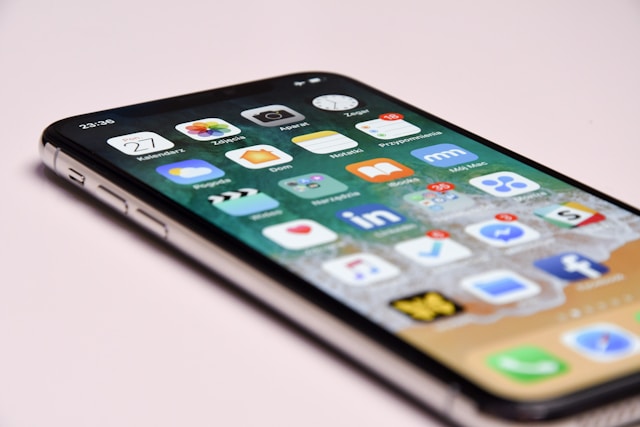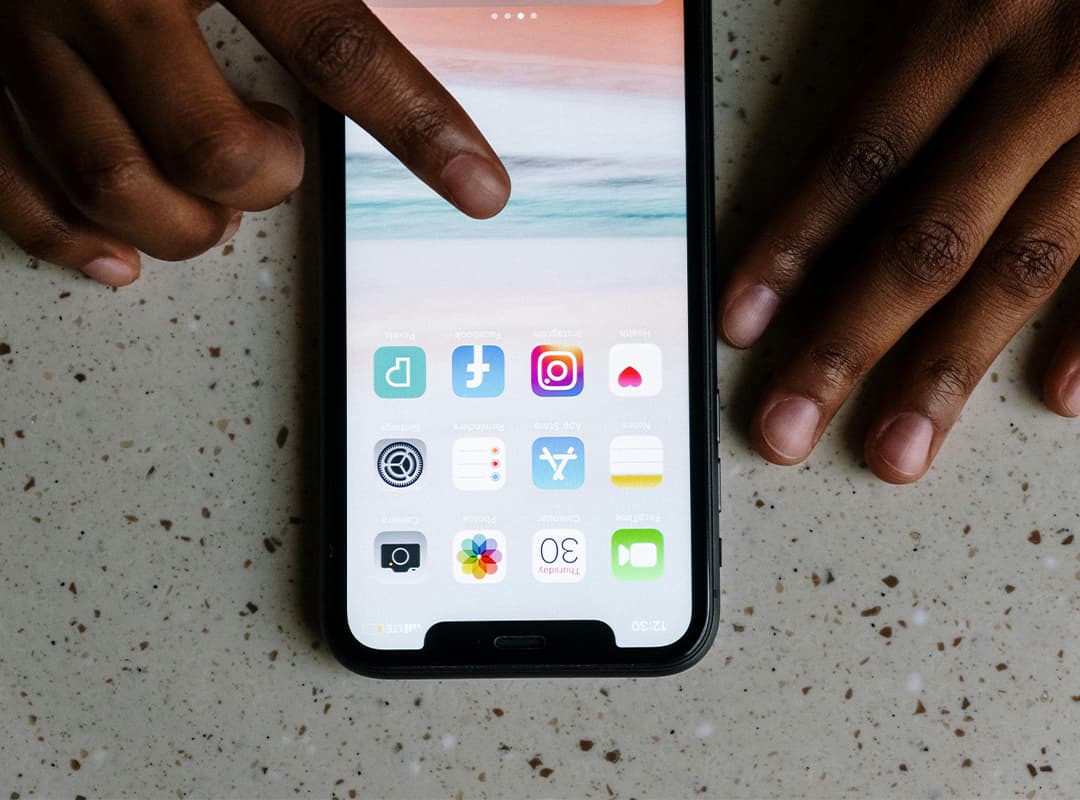In 2025, the largest technology company faces a major hurdle. With billions in cash reserves and a long record for successful devices, Apple now experiences setbacks as it enters a market driven by fast-paced software innovations. The firm’s measured approach, which once served it well in hardware, appears out of step with the demands of artificial intelligence.
Background of the Tech Giant
Apple is one of the most recognised names in technology. Valued at $3 trillion, its products have long set the standard for quality and reliability. The company’s method of careful, deliberate product launches has earned the trust of consumers worldwide. Yet, as the industry shifts toward software and data-driven services, Apple now faces new challenges that threaten its long-held lead.
While Apple’s success in hardware has been built on solid design and performance, it now confronts a market where ideas must turn into working software almost overnight. The company’s established approach is under pressure, as swift development cycles become essential for success.
The Rise of AI in the Market
Artificial intelligence has evolved from a theoretical topic into a practical tool used by millions. Rival firms have rapidly embraced the technology and integrated it into everyday applications. This swift progress has raised the bar for all technology companies.
Other industry players have gained early advantages by introducing tangible products and services. For instance, Google has developed an assistant that offers interactive search and real-time creative features. Samsung’s devices now include tools for advanced photo editing and object removal. Microsoft has embedded AI into many of its software offerings to help users complete tasks more efficiently.
Key examples of the shift include:
- Google – Launched an assistant that responds interactively and supports creative image functions.
- Samsung – Introduced powerful photo editing and object correction tools in its latest devices.
- Microsoft – Brought forward AI-enhanced features across its office and productivity software.
This rapid change pressures older methods. The short cycles of software iteration now determine who leads the market, and any delay may allow competitors to gain an edge.
Apple’s Struggles with AI
Apple announced a new initiative called Apple Intelligence during a major event in 2024. Promising an array of new features across its devices, the firm aimed to bring the latest advances in artificial intelligence to its users. However, when the first iPhone designed with this new system was released, many key AI functions were missing. The rollout has been slow, marked by delays and a series of incremental updates.
Missed Deadlines and Promised Innovations
The launch of the new iPhone was widely anticipated as the moment when Apple would reveal its full AI capabilities. Instead, the initial release provided little more than a platform prepared for AI integration. Subsequent software updates have gradually added some features. The development timeline is roughly as follows:
| Update | Feature Introduced | Status |
| iOS 18.0 | Base system prepared for AI support | Incomplete – no visible AI tools |
| iOS 18.1 | Writing aids, notification summaries, ChatGPT integration | Available in beta testing |
| iOS 18.2 | Introduction of Genmoji and an image generation tool | Partial public release |
| iOS 18.3 | Visual intelligence features with adjustments | Rollout still in progress |
The gradual release has given rise to questions about development priorities. Unlike some competitors who have delivered full demonstrations of their products, Apple has offered only a series of partial implementations.
Comparisons with Other Companies
Other technology firms are not facing the same kind of delays. They have shown ready-to-use applications that allow consumers to see tangible benefits almost immediately. In contrast, Apple’s lineup appears unfinished when compared with its competitors. The differences are illustrated in the table below:
| Company | AI Brand | Notable Features | Rollout Stage |
| Apple | Apple Intelligence | Basic AI assistance, writing aids, Genmoji, visual tasks | Delayed and partial rollout |
| Gemini Assistant | Interactive search, live support, image fusion | Active and developing | |
| Samsung | Galaxy AI | Advanced photo editing and object correction | Fully implemented |
| Microsoft | Copilot | Integrated support across productivity software | Steady and well-integrated |
The table shows that while other companies can provide fully functional products, Apple’s current offerings are incomplete and less convincing to critics.
Challenges and Internal Concerns
Sources within Apple have reportedly voiced worry over the delays in realising the full potential of AI. Internal concerns suggest that many staff view the lack of live demonstrations as a major oversight, especially when contrasted with extensive public relations campaigns. The company has even removed promotional commercials that failed to show working technology.
Internal challenges include:
- Pressure from investors to deliver a complete and robust AI product quickly.
- A growing gap between public promises and actual product features.
- Uncertainty among developers regarding the implementation schedule.
- The difficulty of balancing a strong focus on hardware with the demands of rapid software development.
These internal issues place additional strain on a company that has traditionally earned praise for its reliability. The current pressure may force a reassessment of priorities within Apple.
Impact on the Business Model
Apple’s success in the past has depended on a careful, measured pace in introducing new hardware features. However, the quick-release cycles demanded by the artificial intelligence market have exposed a weakness in this model. The delay in delivering expected AI features risks altering public perception of the brand.
Potential impacts on the business model include:
- A slower market uptake of AI tools compared to competitors.
- Increased pressure from rivals who release fully functioning AI features without delay.
- The chance of customers questioning whether the promised benefits are genuine.
- A requirement to reallocate resources away from hardware to support more agile software development.
The shift in the market underscores the importance of speed in innovation. While Apple’s hardware continues to succeed, the lag in software advancement could alter the company’s competitive advantage.



